It has been a bad summer for the North Atlantic right whale, one of the world’s most direly endangered species. The scramble is on to figure out why.
Right whales have been in trouble for decades, with population numbers hovering around only 500. But scientists are deeply concerned by a higher-than-average number of deaths this year, along with a lower-than-average number of births. At least a dozen whales were found dead this summer in waters off New England and Canada’s Atlantic coastline, after a juvenile (born in 2016) had been found dead during the spring feeding season in Cape Cod Bay. Meanwhile, observers have only identified five new calves this year, about a third of the average amount of births expected. Given the small right whale population size, the overall picture is alarming.
“Just imagine you put 500 dollars in the bank, and every time you put five in, the bank takes 15 out,” Moira Brown, a right whale researcher with the New England Aquarium, told the Portland (Maine) Press-Herald.
At least some of these deaths seem to have been caused by human activity. Based on post-mortem examinations, three of the whales were likely struck by ships and one seemed to have become entangled in fishing gear. Conservationists and fisherman alike have taken steps to mitigate both these dangers to right whales for years, but part of the problem may be that the whales have changed their normal migration patterns. Many more whales than usual were sighted this year in the Gulf of St. Lawrence, where humans were not as prepared for them as they typically are in habitual whale haunts like the Gulf of Maine and Bay of Fundy.
Though we don’t know why the whales changed their patterns, some scientists are examining data to test the hypothesis that the whales were following their preferred food source as it migrated north. Right whales have always been somewhat mysterious animals, especially given that they travel long distances and their population remains small. But as their patterns shift, researchers are urging regulators to take steps to minimize the chances of whales dying, even inadvertently, due to human activity wherever the whales arrive.
This suggestion unfortunately coincided with the death of a Canadian fisherman during an attempted whale rescue. Joe Howlett, who founded the Campobello Whale Rescue Team, died in July during an operation to disentangle a whale from a web of fishing gear. While such deaths are very rare – Howlett was the first person to die helping untangle a whale since the 1970s, according to the Center for Coastal Studies – the National Oceanic and Atmospheric Administration (NOAA) suspended whale rescue operations in U.S. waters while it reviewed its own protocols. For now, rescues are allowed only on a case-by-case basis.
It is not strange that Howlett was both a fisherman and the head of a whale rescue team. The modern maritime industry has generally cooperated with scientists and conservationists in their efforts to save right whales. In the southeast United States, major ports observe traffic and speed limits during the critical winter calving season. Similar restrictions are applied farther north when the whales are in the area. And the fishing industry generally is willing to go along with practical efforts to limit “by-catch” – animals caught up accidentally by fishing activity – ranging from turtles and dolphins to whale entanglements. Even animals that survive entanglement often bear the scars of their injuries and sometimes fail to reproduce afterward, according to NOAA, making reduction crucial to conservation efforts.
A promising area in which the fishing industry may be able to help is rope strength. A 2016 report in the periodical “Conservation Biology” found that whale entanglement injuries have become more severe since ropes became stronger due to technological advances in the 1990s. The study’s authors suggested that ropes designed to break under pressure of 1,700 pounds or less could reduce life-threatening entanglements of North Atlantic right whales by at least 72 percent while remaining functional for their intended use. Today, however, many industry-standard ropes require 3,000 pounds of pressure to break.
Massachusetts awarded $180,000 to the New England Aquarium to develop whale-friendly fishing ropes that remain functional for fishermen to use, even in deep water. Meanwhile, the fishing industry is taking its own run at the problem. The South Shore Lobstermen’s Association in Massachusetts, in cooperation with rope-maker Novabraid, developed the “South Shore sleeve,” a device to connect two pieces of rope. The sleeve has a lower breaking point, so fishing operations can use the stronger ropes they already own while creating weak points that would allow an entangled whale to break free. The state awarded the association a $19,000 grant in 2016 to encourage further testing of the sleeve.
In spring 2017, the association proposed that lobstermen would use ropes modified with the sleeve, placed every 40 feet along their lines, year-round in exchange for the ability to place traps during the winter, when they have previously been prohibited. While the proposal failed, the fishing industry continues to look for ways to coexist with the whales, which will both protect the species and yield economic benefits for the industry.
I am not a commercial fisherman, and I wasn’t able to uncover much discussion of any negative impacts that less-robust ropes would have on the fishing industry. Presumably manufacturers started offering stronger ropes for a reason, although it is also possible that beyond a certain point increased strength is useful mainly for marketing, the way horsepower has been used to sell cars and gigahertz has been used to promote high-end computer processors.
Weaker ropes, as well as modified ropes, ought to at least be pilot tested to see if they reduce whale mortality and morbidity. If so, we can measure the cost to the fishing industry and potentially compensate in other ways. With so few right whales left, we should do whatever we can to keep them healthy and safe. With some ingenuity, and with a bit of luck, the whales could have a much better year in 2018.





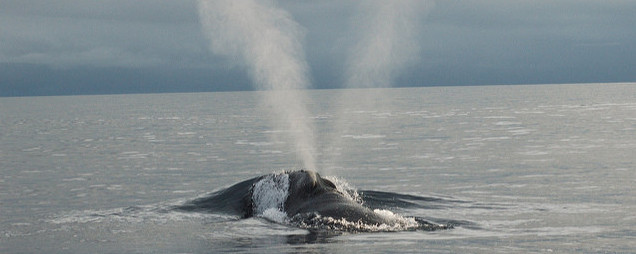
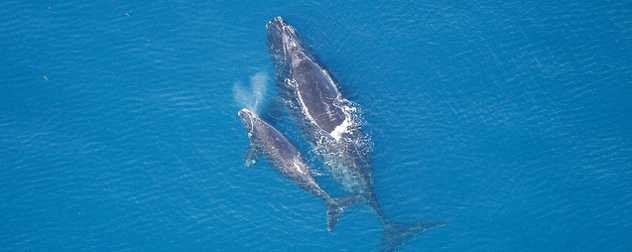
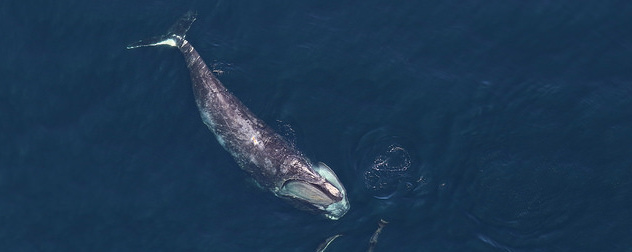
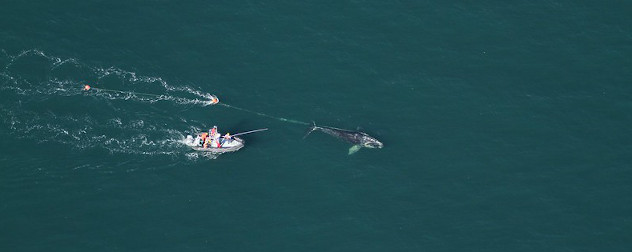
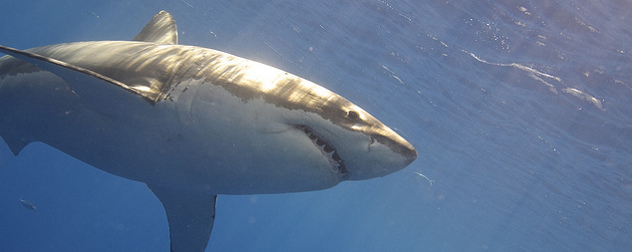
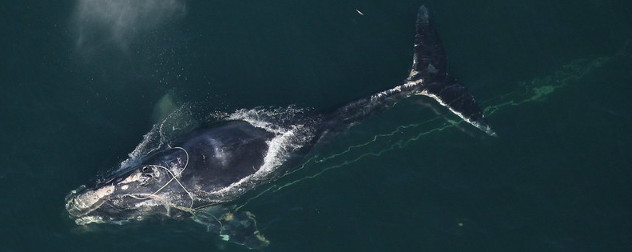
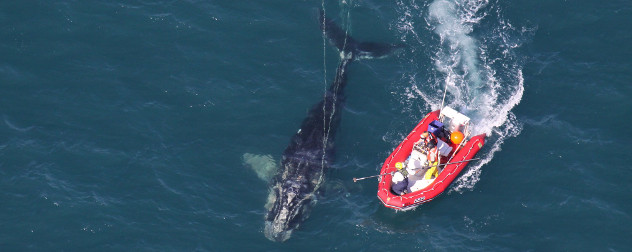



October 6, 2017 - 4:01 pm
Interesting piece. I was privileged to see several right whales that ventured unusually close to shore at Duxbury Beach in May 2015.